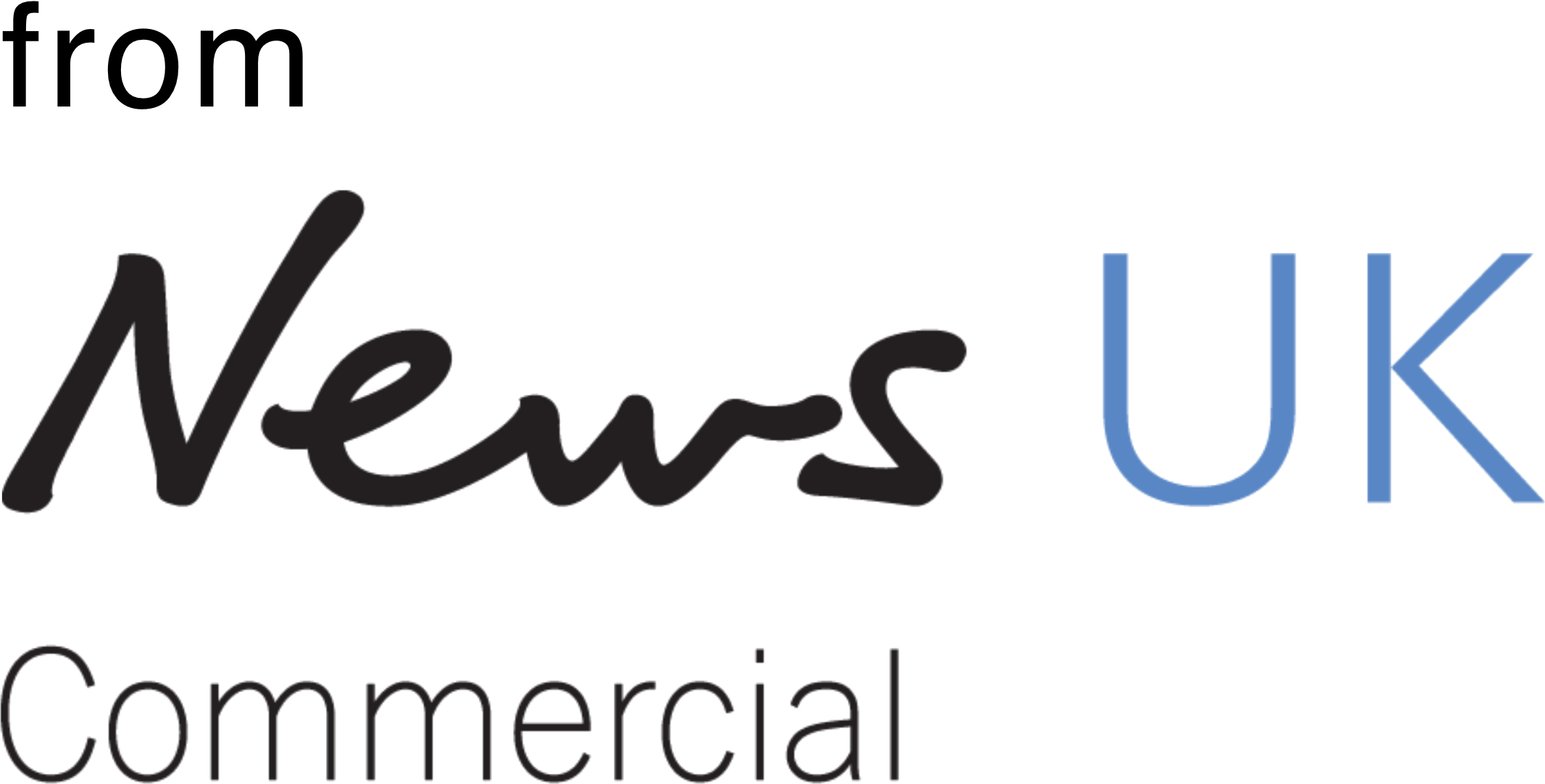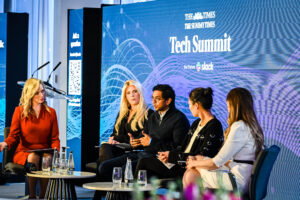Third-party tracking cookies, the tiny blocks of code that record our browsing histories and allow marketers to target messages at audiences, are being put out to pasture.
Following hardening consumer and regulatory privacy expectations, Google has now set late 2023 as the deadline for “deprecating” cookies from its Chrome browser.
With the clock ticking, it is essential for marketers, who have relied so heavily on cookies for the last two decades, to understand what may replace them.
That can be a bewildering task. Rather than a straight replacement, which would not meet regulation’s new privacy expectation, the future will be a mixed ecology of competing and often radically different approaches. Here, we share top-line details about the forerunners, and explain what marketers should do next.
Google’s FLoC
The tech giant is currently testing its Privacy Sandbox, which includes multiple proposals, the most prominent of which is Federated Learning of Cohorts (FLoC).
FLoC is a machine learning technique that places non-identifiable users into cohorts linked by interests and behaviours, and makes them available for targeting. It’s promising in principle, but privacy advocates and some publishers failed to endorse the tech, while Amazon blocked its use during trials.
After Google delayed roll-out to take account of feedback, testing is slated to take place beginning Q1 2022, with full transition expected in Q4 2022.
Universal IDs
Universal IDs - identifiers shared across the supply chain that indicate users without relying on cookies - are being pushed by some of the largest ad-tech players, such as The Trade Desk, ID5 and LiveRamp.
From a brand point of view, they offer the least disruption because they most closely mirror the status quo, and The Trade Desk is gathering broad support with its Unified ID 2.0.
As a solution, it provides less information for the advertiser, but certainly improves frequency capping and sequential advertising. However, Google has clearly stated it is not interested in supporting any tech that mirrors cookies or uses identifiers such as email.
Universal IDs will also face the challenge of persuading users to share their email addresses, and may need to satisfy GDPR regulation.
The Ozone Project
The news publisher joint venture, which is owned by publishers, is moving towards segment-based or group-based data sharing, as well as predictive modelling AI - all signals that publishers are ambitious to reimagine ad-tech, and how it can work better for both advertisers and publishers.
Because it is a growing collaboration, The Ozone Project has the benefit of enormous cross-publisher scale.
Contextual advertising
An automated process that matches marketing messages with keywords and other metadata on a web page, contextual has been shown to offer both performance and scale within a brand-safe model.
Crucially, it can also be used as a proxy for audiences, and is certainly why many publishers (and even the likes of Facebook) are interested in it longer-term.
Marketers should, therefore, expect plenty of ad-tech pitches under the “contextual” banner - but they should remain cautious that not all tech is equal, and should check whether solutions understand semantics, sentiment and emotion - the same crucial factors a human would take oversight of.
Data clean rooms
This new software category allows advertisers to place customer-level data in a safe, shared space with aggregated data from supply chain partners - for purposes like enrichment or deduplication - in a way that nevertheless does not compromise privacy.
They’re already used by Big Tech, and are particularly useful because they allow advertisers to build custom audiences which they can use to target without the use of cookies. However, they are an expensive option, and achieving scale may necessarily be challenging as they depend on using overlapping audience datasets.
Privacy-by-design partnerships
For brands interested in more radical approaches, new technologies to keep an eye on include edge processing, an “on-device” method that eliminates the need for third-party cookies, and “decentralised” data sharing methods, which have been designed ground-up for a cookie-less future.
Here you will see newer “privacy-by-design” businesses such as Permutive (using edge processing) and Infosum (with its decentralised ‘bunkers’ tech) gaining interest, and certainly building reputations with some big-name partnerships.
Seek the best advice - and prepare to test and learn
With cookies disappearing, it is vital marketers educate themselves about their responsibilities towards data compliance and the growing array of replacement technologies.
Most in the industry advise that ad buyers’ chief strategy should be hedging against this ecosystem uncertainty by building their own first-party data capability - if necessary, by taking advice.
For most, the first port of call should be an agency partner, where enormous levels of expertise exist and where plenty of groundwork has already been carried out.
Publishers, as owners of the working media, are also excellent sources of advice. They, too, have been working on the phase-out for some time, developing new privacy-compliant segments, enriching their first-party data from reader registrations, and forging new, privacy-first partnerships with independent ad-tech platforms.
Meanwhile, the IAB and ISBA have been doing plenty of admirable work assessing each new contender, dealing with the regulators and ensuring the entire supply chain is working together on the problem.
What all of these organisations will tell you is that future targeting strategies will require advertisers to embrace a portfolio of technologies, with no one solution yet deemed a silver bullet.
That means advertisers should be researching and experimenting with the alternatives currently in development - and approaching them with an interrogative mindset that brings in not just the marketing team but legal, too.
But, whatever you do, as a marketer feeding coins into the machine, don’t sit on the sidelines during this period of immense recalibration. This is an industry-wide challenge, and it demands a deeply collaborative approach.








